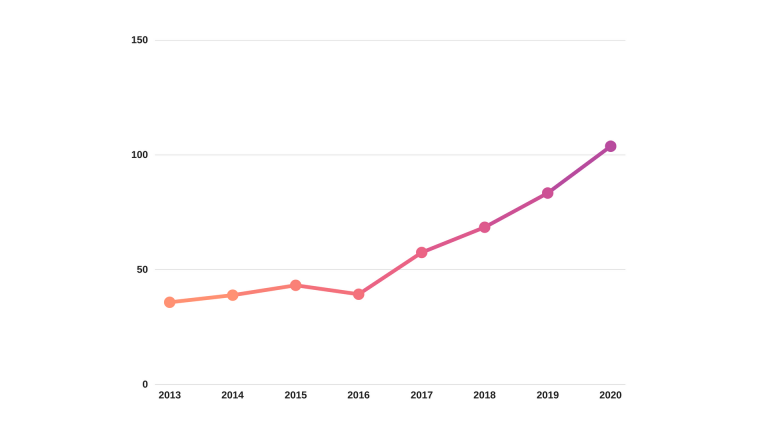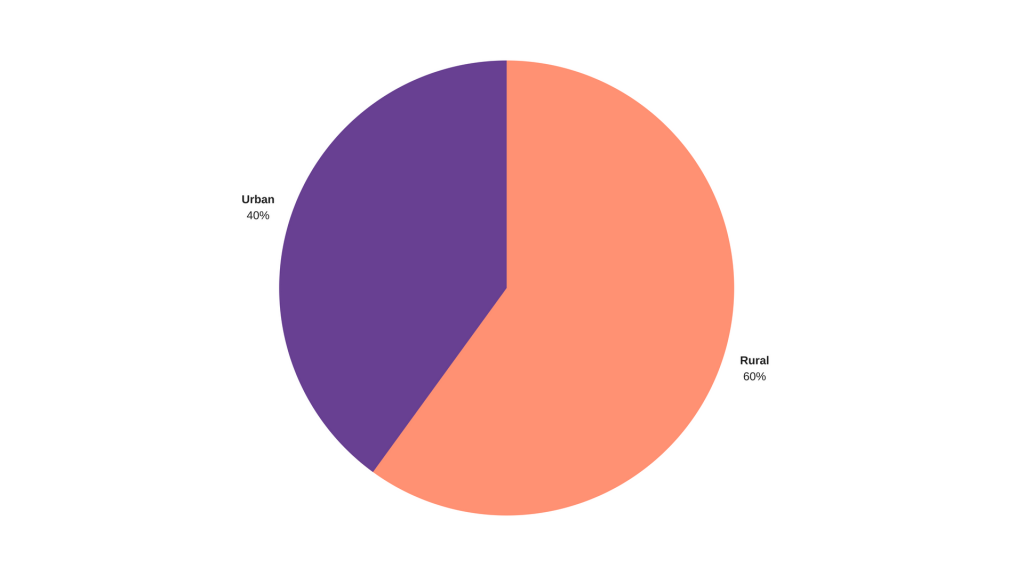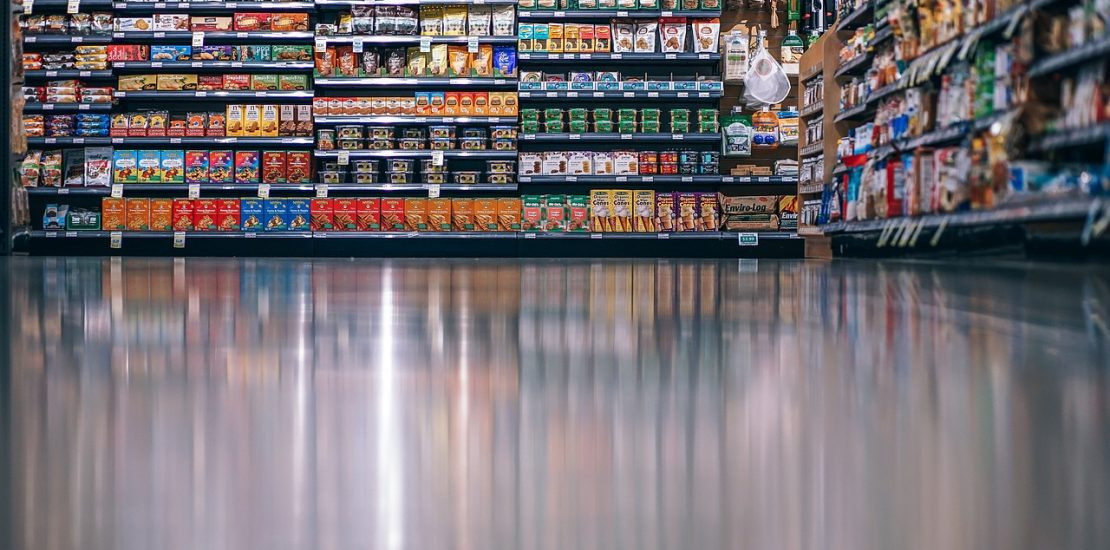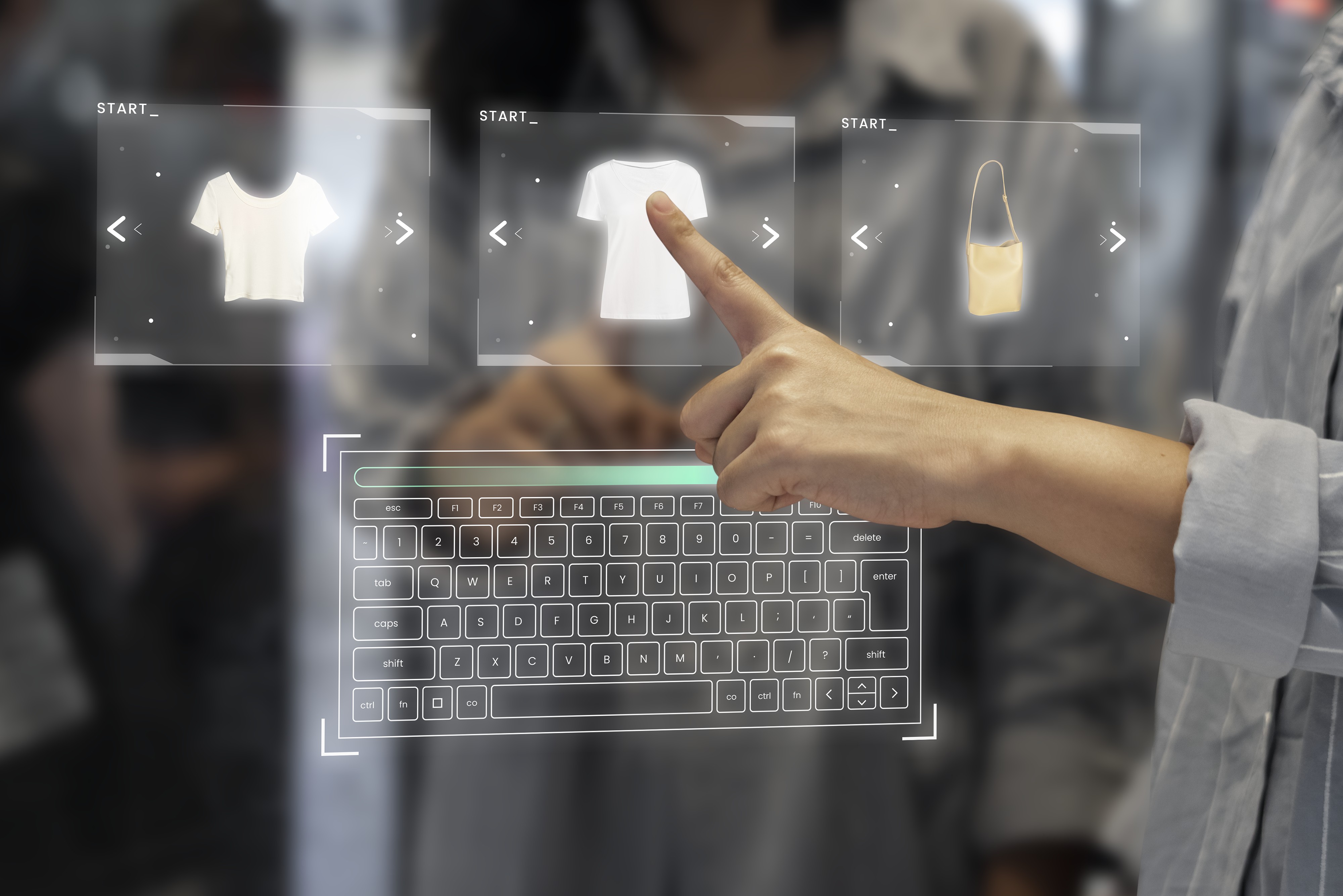Market Trends
Household and Personal Care is the leading segment, accounting for 50% of the overall market.
- Haircare 23%
- Food and Beverages 19%
The number of online users in India will likely reach 850 million by 2025.
The retail market in India is estimated to reach US$ 1.1 trillion by 2020, which is likely to boost the revenues of FMCG companies.
People are gracefully embracing Ayurveda products, which has resulted in the growth of FMCG major.
The market size of chocolates – US$ 1,766.6 million
The market size of personal care – US$ 12.58 billion
The direct selling sector in India is expected to reach ₹ 159.3 billion by 2021, provided with a conducive environment through reforms and regulation.
The eThe edible oil market in India grew by 25.6 per cent in 2017 to surpass Rs 1.3 trillion (US$ 20.08 billion).
In FY17, the contribution of herbal products overall personal care products market in India stood at 6-7 per cent and is estimated to grow to 10 per cent by FY20.
India's beauty, cosmetics and grooming market is expected to reach US$ 20 billion by 2025 from US$ 6.5 billion.

Urban and Rural Market
Semi-urban and urban segments were growing rapidly, accounting for a revenue share of 40 per cent in the overall revenues recorded by the FMCG sector in India.
Total rural income, currently at around US$ 572 billion, is projected to reach US$ 1.8 trillion by FY21.
India's rural per capita disposable income is estimated to increase at a CAGR of 4.4 per cent to US$ 631 by 2020.
The FMCG sector in rural and semi-urban India is estimated to cross US$ 220 billion by 2025.

Rapid growth opportunities in Indian FMCG market
Indian consumers are highly adaptable to new and innovative products. For instance, there has been an easy acceptance of men's fairness creams, flavoured yoghurt, cuppa mania noodles, packed food, beard and moustache cream and oil, dipping sauce drinking yoghurt, sugar-free Chyawanprash, seasoning and herbs, and face wash.
It estimated that 40 per cent of all FMCG purchases in India would be online by 2020, making it a US$ 5-6 billion business opportunity.
The retail market is expected to have a 12 per cent annual growth rate.
Source: economic times, company website, annual report, IBEF, assorted articles and reports and media articles.






